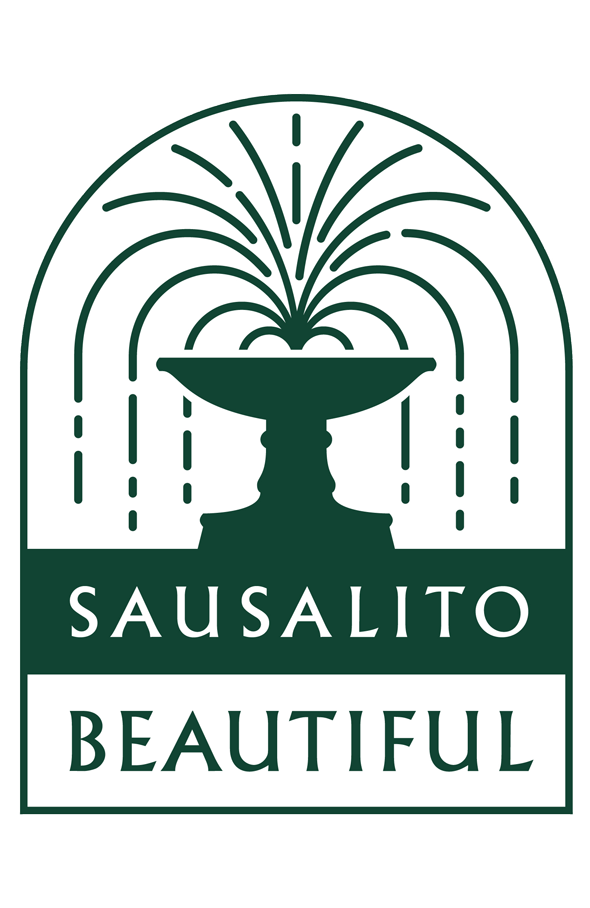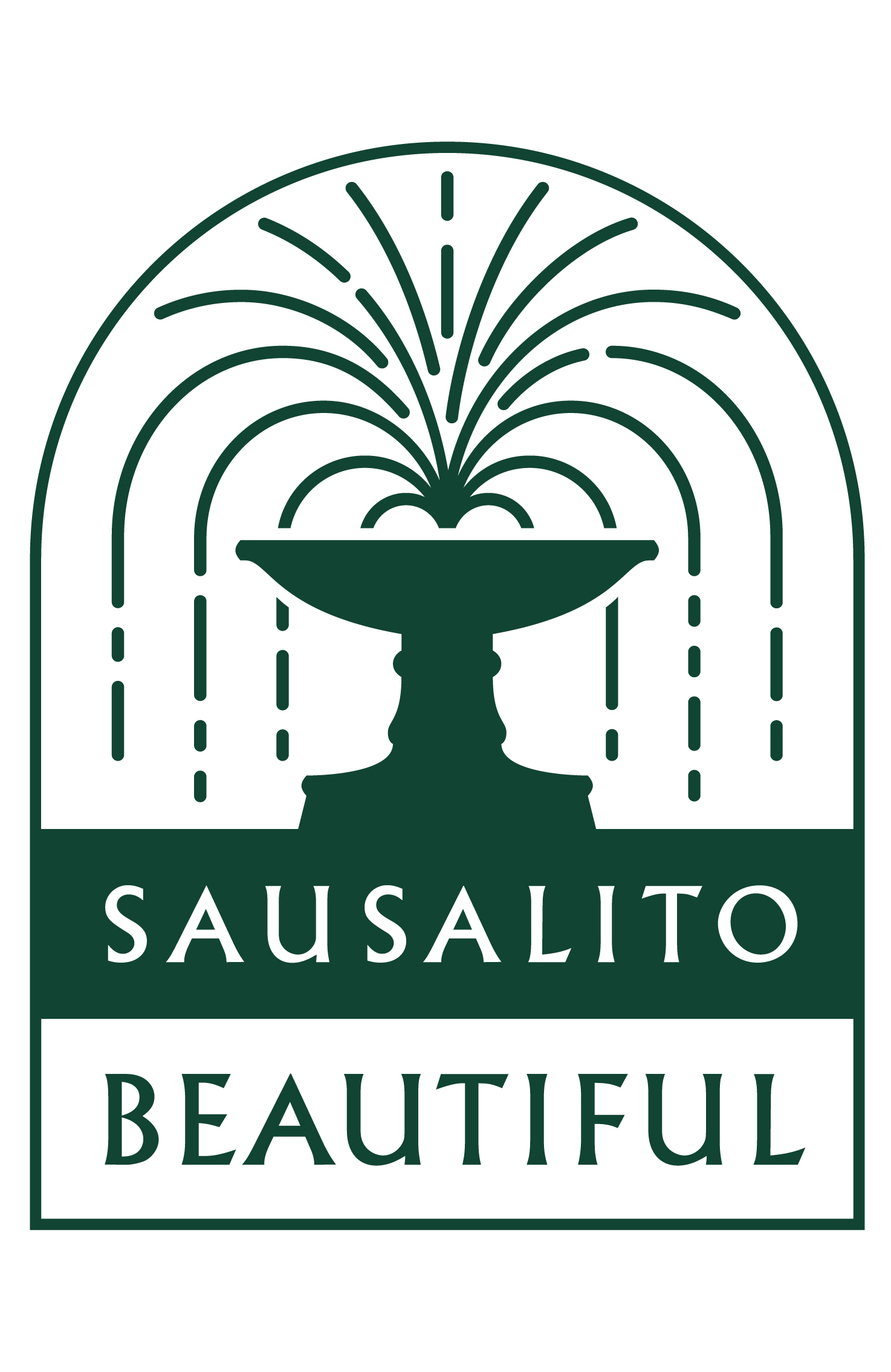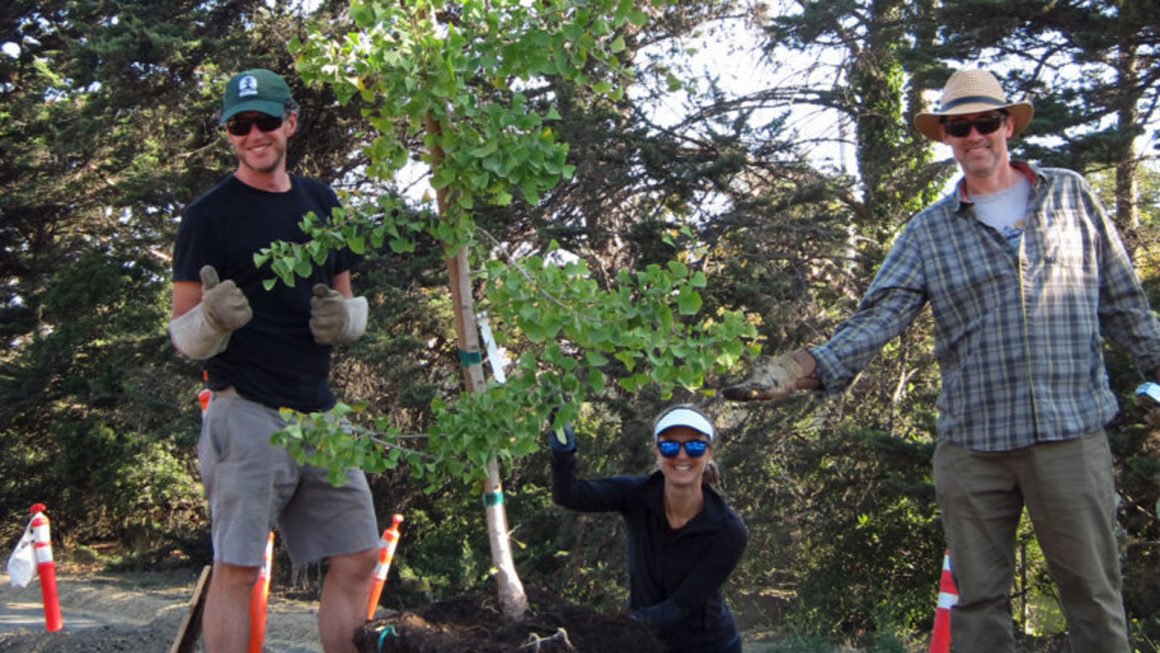The lush, verdant surroundings are just one of the many reasons we love Sausalito. We love her saltiness, art scene, sparkling bay views, maritime orientation, and history. But our city would lose its character without all its mature oaks, sycamores, pines, and of course willows. While lawyers look upon urban trees as a liability, and bean counters view trees as an expense, the rest of us deeply benefit from all the greenery lining our streets, anchoring our parks, and shading our yards.
Our urban forest of trees, shrubs, and plants is more than just a pretty face because it provides three critical benefits:
- keeping our environment clean and healthy
- improving our mental and physical health,
- providing economic returns.
It’s hard to overstate the benefits that trees provide our community, as the power of urban forests is immense. But trees also must be protected and maintained, thus our community needs to invest in periodic pruning, fertilizing, and replanting. The benefits, however, vastly outweigh the costs.
Trees keep our environment clean and healthy
The environmental benefits of urban trees are perhaps the most intuitive. Trees provide a critical service by producing oxygen and removing carbon dioxide from the air around us. But did you know they also absorb odors and pollutant gases while filtering out particulates? In addition, trees help combat climate change by storing the carbon in their trunks and branches (to find out how much carbon that the trees near you are removing from the air, use this tree benefits calculator). Indirect environmental benefits arise from trees being near buildings which reduce heating and air conditioning demands, thereby reducing emissions associated with power production.
Given that we love being near the ocean and bay, it’s important to note that trees provide many environmental benefits vis-a-vis clean water. For example, trees prevent water pollution and soil erosion, thus keeping the sparkle in Richardson Bay. They reduce runoff by breaking rainfall thus allowing the water to flow down the trunk and into the earth below the tree. This prevents stormwater from carrying pollutants to the ocean. Trees act like a sponge that filters water naturally, recharging groundwater supplies. On the hillsides and steep slopes of Sausalito, trees slow runoff and hold soil in place. Without trees and shrubs, we would have many more landslides. Lastly, trees provide important habitats for numerous bird, insect and animal species in our ecological web.
Trees improve mental and physical health
The public health benefits of green spaces cannot be ignored, although they are often underappreciated. Numerous studies have shown that the more green space in a community, the better the community’s health—and these public health benefits are both direct and indirect. Direct benefits include cleaner air to breathe, protection from harmful UV rays, and the positive psychological effects associated with the proximity of natural environments. Being outside helps us get fresh air that makes us feel less stressed and more relaxed. When we can see trees, we feel calmer. Being calm helps us to concentrate and pay attention to the tasks at hand, whether it be office work or classroom activities. The indirect health benefits include a more active lifestyle since having green spaces motivates us to go out walking or biking or hiking, which positively affects both our mental and physical health.
The health benefits of trees are so great that the Japanese have a practice called forest bathing (shinrin-yoku), which involves connecting with nature through all five senses: relaxing in the sounds of nature, the scent of the trees, the sunlight playing through the leaves, the fresh, clean air. The mental and even physical health benefits of forest bathing are real, and can even be practiced in urban environments.
Trees also provide economic returns
For the number crunchers amongst us, the economic value of urban forests cannot be ignored. Did you know that trees improve real estate values and the economic vitality of a downtown area? People will pay a premium of 3-15% for single family homes with larger healthy trees in yards and as street trees. Office and industrial space in a tree-filled setting is more coveted by prospective buyers and renters. In addition, on tree-lined business districts, people shop more frequently, stay longer, spend more money, and will even pay more for parking. The strictly monetary value of trees should not be underestimated.
We miss individual trees profoundly when they’re gone, yet we often take them for granted. So let’s be proactive about appreciating our urban forest, expanding it, and increasing its power. As a city, we set aside time, money, and resources for “grey infrastructure” such as buildings, roads, and asphalt. It’s time that we gave the same attention to the “green infrastructure” too. While the tree canopy in Sausalito has not been decimated as much as some other communities in our state due to fire or development, that is no reason to get complacent about planting more trees and improving the health of the ones we already have.




Leave a Reply